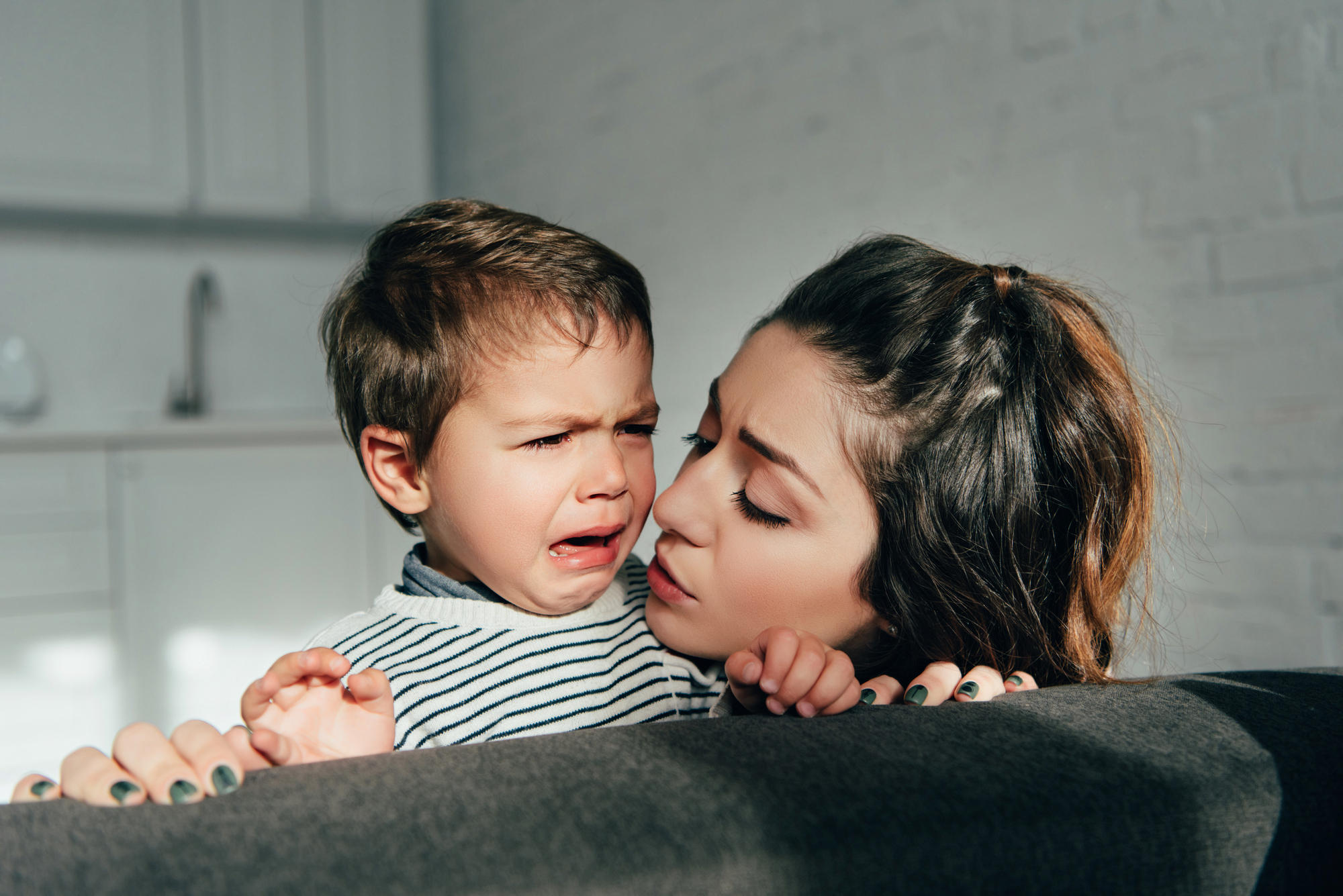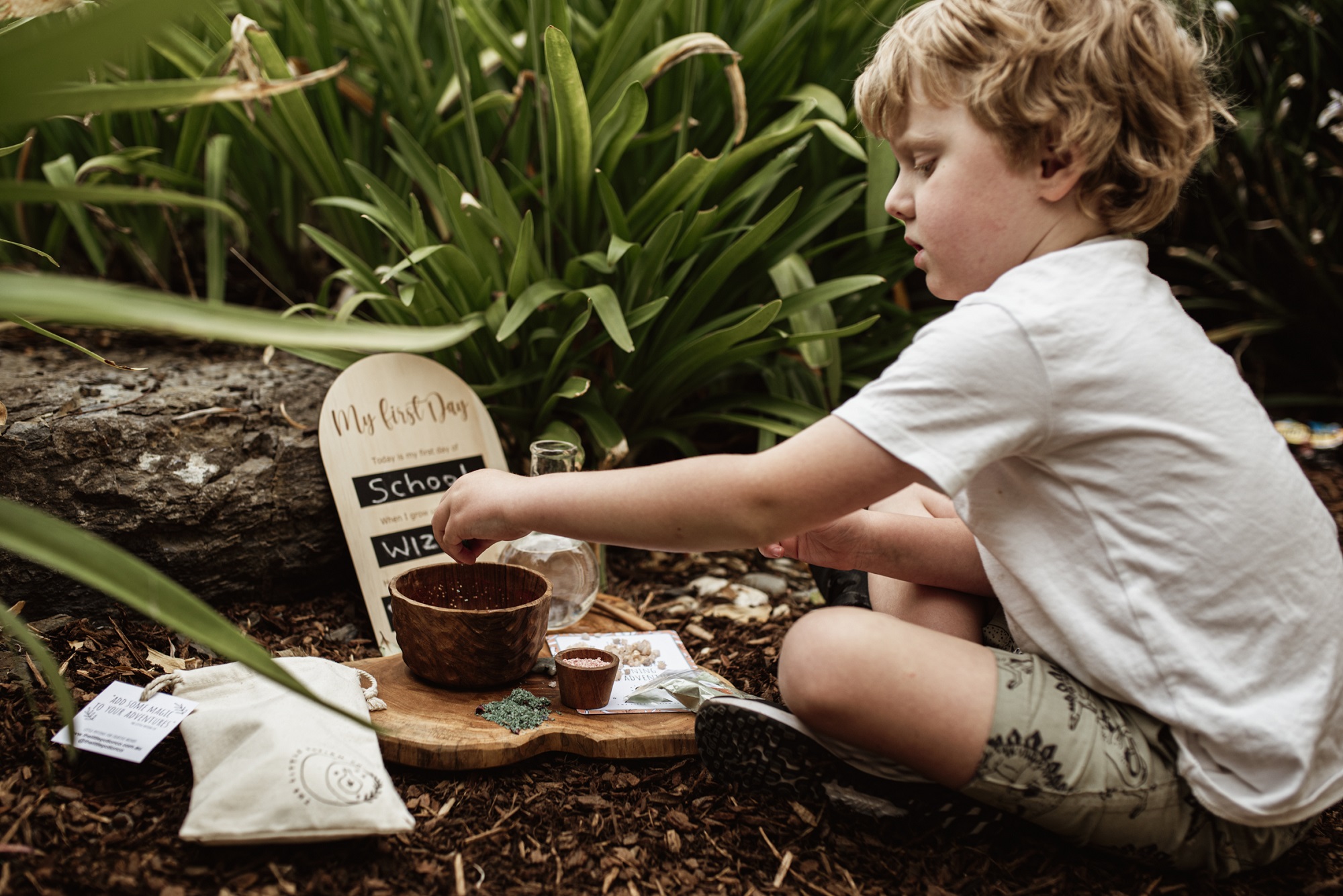By Deb Hopper, Occupational Therapist
It’s one of those mornings. Your six-year-old is still wandering around half-dressed after you’ve told him to get ready at least a dozen times. Your eight-year-old is dressed, but is glued to the TV and has ignored your instructions to pack her bag and have breakfast. And your toddler just emptied a box of cereal all over the floor and table because you were too busy trying to deal with the other kids and didn’t have time to help her.
You feel the tension building inside … and then you snap. Your kids finally pay attention to your yells, but inside, you are kicking yourself for losing it again.
If this (or some similar version of the story) sounds familiar, rest assured that you are certainly not alone! Most parents have experienced this kind of frustration, and many more wish they had handled these situations differently.
Fortunately, there are things you can do to ensure everyone stays calm and gets things done.
Why staying calm is a big deal
When a child is upset, having a meltdown, or simply isn’t responding to parental requests as in the above example, it’s critical for a parent to remain calm.
One reason for this is that children mirror the emotional states and reactions of trusted adults such as a parent. When you get upset, the child is also likely to become upset, or if the child is already upset, an emotional response from an adult is likely to cause an escalation. Staying calm helps to avoid an escalation of the situation.
A child suffering from dysregulation is already struggling to process big emotions. When big adult emotions are added to the mix, it becomes, even more, overwhelming for the child. When an adult is able to stay calm, it helps the child to more readily process the situation and return to their normal baseline.
Another reason why staying calm is important is to provide children with a good model to follow. Many children who struggle with emotional or mental challenges need to that it’s possible to handle big emotions without getting out of control. It’s also important for adults so that they don’t do or say something in the heat of the moment that they regret.
Children with challenges also need to see that they can rely on the adults around them to stay calm no matter what else is happening. Building trust with these children is vital for their well-being and feelings of safety and security. When these kids feel safe, they can learn, function and behave better because they are not spending all their time and energy dealing with feelings of being threatened or unsafe.
Self-awareness comes first
If you’re the “shoot first and ask questions later” type, don’t worry, you’re not alone! Many parents find themselves reacting before they know what’s hit them.
But if you recognise this habit as something you’d like to change, it begins with being aware of your own triggers and reactions and how they begin. The trick is to stop your reaction before it gets out of hand or takes over.
It’s important to note that many triggers have their roots in experiences of the past, not necessarily the ones in the present. For example, a parent might feel triggered when a child does something that the parent would have been bullied, punished, or shamed for doing. The trigger is the past experience, not the thing the child is doing now. This is a big topic for another post, but it’s worth recognising that parents may be triggered because of their own experiences as children.
So, how do we go about changing our present reactions before they get out of hand?
Some of the things you can pay attention to include:
- Feelings of irritation or tension when your child is doing something you don’t like
- Recognition that the current experience aligns with one from the past and can be handled differently
- Anger or rage that are out of proportion to the situation
- Feelings of sadness, upset, or hurt after something the child has said or done
- Explosive anger building inside
- Everything seems out of control
- Wanting to physically control your child through spanking or other physical actions
Slay the chaos monster with clever strategies
When you recognise that you are about to be triggered (or have been triggered), you can try these strategies to bring back the calm:
- Step away from the situation and give yourself space to calm down
- Go to another location if possible, ie step outside or go to another room
- Movement is great for flicking the switch back to calm, and you and your child will both benefit. Go for a walk, kick a ball around, or go to the park.
- Remember that feelings are like waves on the shore; they come and go, and nothing is forever
- Practice deep breathing, one of the best ways to bring calm to an emotionally overwhelmed body and brain
Engagement wins wars
You can improve your interactions with your child and head off battles before they start by using a few simple strategies. When your child is engaged in a task or situation, you are more likely to experience their cooperation and peaceful outcomes. Try some of my favourite strategies for increased engagement and calm interactions:
- Keep your language and tone of voice neutral
- Avoid escalations by calmly but assertively making requests
- Make eye contact with your child when talking to be sure they’ve heard you
- Ask your child to repeat what you’ve said so you know they’ve understood your request
- Never belittle or shame your child or use unkind names to score points or make yourself feel better
- When your child is upset, stay calm and go to a different location as a “circuit breaker”
- Reward good behaviour with positive attention such as praise
- Ignore negative behaviour rather than engaging with it
- Establish age-appropriate consequences for misbehaviour (ie the loss of privileges) and be prepared to follow through
You’ve got this!
As parents, we all feel overwhelmed at times or wish we had done things differently. It goes with the job of parenting. But we also often fail to give ourselves the support and credit we should, because parenting is one of the most difficult tasks on earth. So I can honestly say, you can parent the way you want to. You’re amazing!
If you’d like to know more about my calm parenting strategies, you can check out my website for lots of great resources and handy hints and tips. www.lifeskills4kids.com.au









